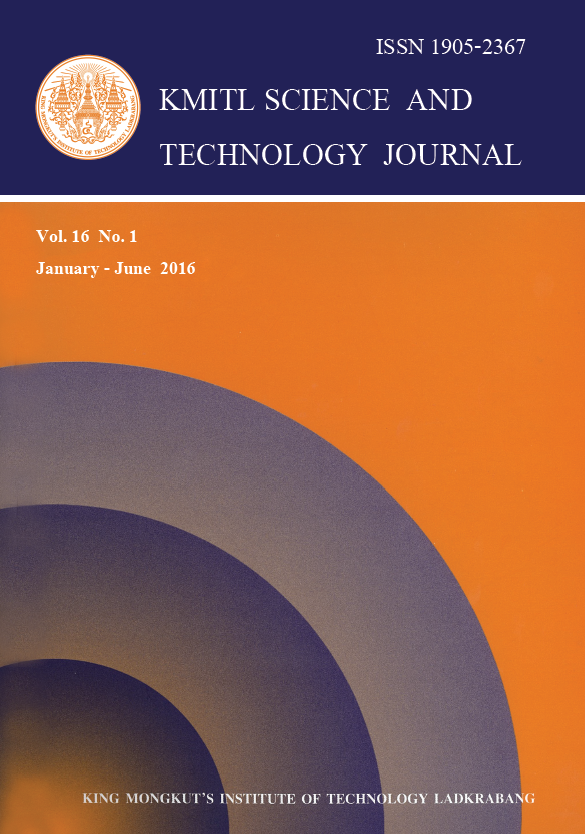Catalytic roles of precipitates inside the 316L stainless steel (SS) were investigated on four distinct microstructures of substrates which were prepared according to suggesting aging time and temperature in published time-temperature-precipitate (TTP) diagrams. Standard metallographic process of polishing and etching were preformed to verify attained particular inclusion types and distributions on the substrates where the chemical vapor decomposition of a mixture of alcohol vapor and Ar gas took place. After the decomposition, carbonaceous materials had grown allowing us to examine surface morphology by scanning electron microscope (SEM). The results revealed bundles of carbon nanotubes (CNTs) found along grain boundaries (GBs) where carbide phase of type M23C6 favorably precipitated. This indicated active catalytic types of the carbide for ethanol decomposition reaction. Uniform growth of CNTs was expected if uniform microstructures of distributed finer carbides could be established on the metallic substrates. Nevertheless, higher aging temperature coarsened carbide precipitates while accelerated intermetallic phase formation inside the steel matrix. Different morphology of carbon deposits was observed on the steel; thus, altering CNTs formation mechanism was altered upon the present of the intermetallic s-phase.
Keywords: Carbon nanotubes, Chemical vapor deposition, Ethanol vapor, Stainless steels, 316L
*Corresponding author:
E-mail: panya.ka@kmitl.ac.th
Kiatkangvanklai, N. ., Wongwiriyapan, W. ., Laohhasurayotin, K. ., & Kansuwan*, P. . (2018). Microstructural Effects of Pre-aged Stainless Steels on Carbon Nanotubes Growth. CURRENT APPLIED SCIENCE AND TECHNOLOGY, 18-26.

https://cast.kmitl.ac.th/articles/130044